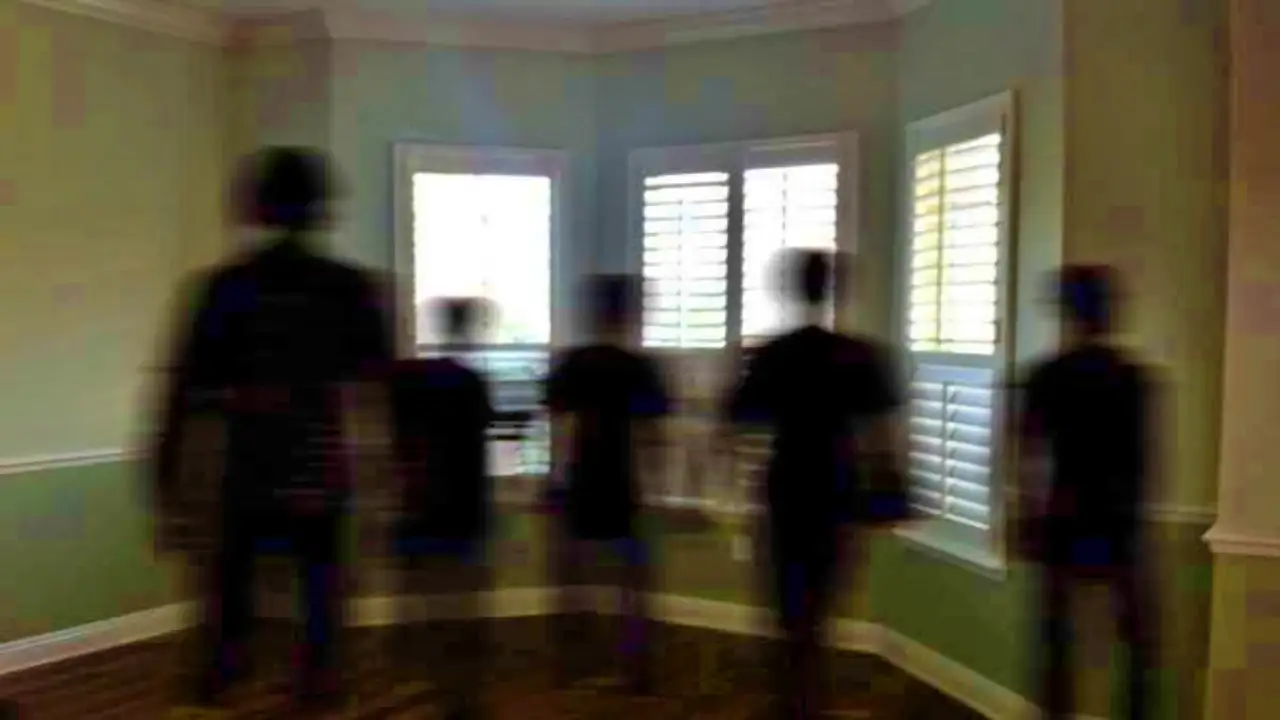n
n
n
Mariner 5 Flies by Venus – 1967
n
During the 1960s, there was a Space Race, with Cold War enemies Soviet Union and United States trying to outdo each other in exploring the solar system.
n
At first, the USSR pulled ahead by being the first to successfully launch a rocket into Earth orbit (Sputnik 1 – 1957) and then by being the first to put a man in space (Yuri Gagarin on Vostok 1 – 1961). A few months after each of these Soviet successes, the US was able to match the feats with Explorer 1 (1958) and Alan Shepherd in a Mercury spaceship (1961).
n
Many Americans would say, however, that the US won the Space Race because of the daring manned moon landings and explorations. To this date, this feat has not been matched by astronauts from any other country.
n
But, you ask, what does all of this have to do with Venus?
n
The Soviet Union and America’s space program, NASA, chose a wide variety of projects, including exploring nearby planets, during the time of the Space Race. These planetary flights were all unmanned, and many of them did not succeed for one reason or another. Launch failures and loss of contact (in the latter case, the fate of the spacecraft is often unknown) happened with some regularity. However, when a mission worked, the data gathered by the spacecraft is beamed home and enriches the scientific knowledge for the entire world.
n
Here are some of the flights deemed failures:
1961 USSR Sputnik 7
USSR Venera 1
1962 US Mariner 1
USSR Sputnik 19
USSR Sputnik 20
USSR Sputnik 21
1963 USSR Cosmos 21
1964 USSR Venera 1964A
USSR Venera 1964B
USSR Cosmos 27
USSR Zond 1
1965 USSR Venera 2
USSR Venera 3
USSR Cosmos 96
USSR Venera 1965A
n
n
And to offset all that failure during that four-year period:
1962 US Mariner 2
n
Finally, in 1967, both nations met with success in exploring Earth’s nearest planet. On October 18, 1967, the Soviet Venera 4 became the first probe to analyze another planet from its surface. And the very next day, October 19, 1967, the United States’ Mariner 5 did a successful fly-by. Both spacecraft were able to send back important data that tells us a lot more about our “sister planet.”
n
Sister planet??? Umm…
n
Not only is Venus the closest planet to the Earth, it is the closest planet to ours in size. That is why it is called Earth’s sister planet.
n
But it’s not very much like Earth in some pretty crucial ways.
Here and here are pictures of what it might look like on Venus. It’s really, really hot.
n
n
REALLY hot!
n
Like 900 degrees Fahrenheit! (500 degrees Celsius)
n
n
n





















